20 Ways to Maximize Burning Fat While Walking
Do you want to lose weight by walking? Ivana Chapman (@IvanaChapman) is a BSc Sports Science, Certified Strength & Conditioning Specialist (NSCA), and former International athlete in Karate and Canadian National Natural Bikini Competitor. In a new viral video, she discusses how to lose weight by walking, including ways to maximize the burn. "You might have heard that walking is healthy and helpful for weight loss. I'm going to explain the benefits of walking and why it makes sense to add it to your weight loss plan. And at the end, I'm going to include a couple of important warnings so that you make sure that you do walking right, and I'm going to include a tip for people who are trying to maximize their fat burn," she says.
You Can't Out Exercise a Bad Diet
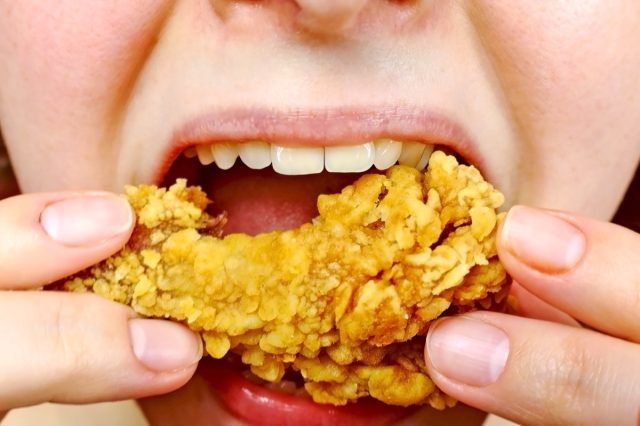
"Let's start with a really important point: You can't out-exercise a bad diet," explains Chapman. "Most of us don't have enough hours in the day to burn off tons and tons of calories. The majority of your weight loss result is going to come through your nutrition, but I still think it's really important to add walking in order to enhance those effects."
Walking and Calorie Restriction Is Effective for Weight Loss
"There's one interesting study where they found that walking combined with caloric restriction enhances the outcomes and especially the long-term outcomes," she says. "A lot of people, when they get on a fitness regime, they get very excited, and they might go to the gym every day, but it's not sustainable. Whereas adding a half an hour walk every day is sustainable for most people."
Almost Anyone Can Walk
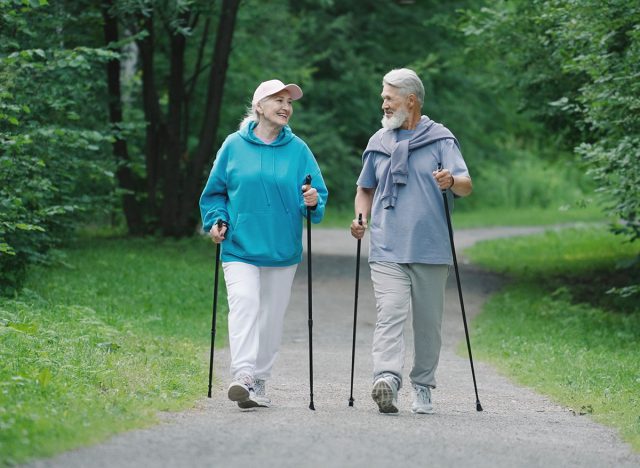
"The great thing about walking is that most people can do it. There's a very low barrier to entry. Even someone who's carrying a lot of extra weight or someone who's in their seventies or eighties can benefit from walking," Chapman says.
And, You Are More Likely to Stay Motivated Walking Than with Other Workouts

"There are some really intense exercise routines that burn off a ton of calories if you're doing HIIT training or something like that, or just some really intense exercise programs, but only fit people can really benefit from those, and even fit people will find it a struggle after a while and sometimes hard to stay motivated for that type of plan," Chapman points out.
Almost Everyone Should Be Walking More
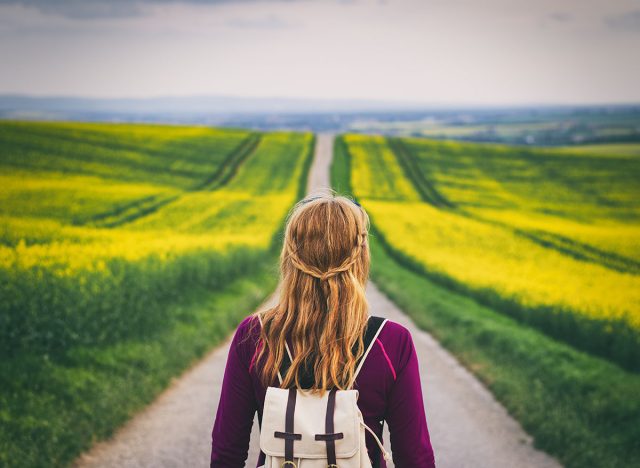
"Walking is something that we should all be doing on a regular basis, anyway," she elaborates. "We need to be moving more. More than 60% of US adults do not engage in the recommended amount of physical activity. And what's recommended is 150 minutes of moderate-intensity exercise over the course of a week. It's actually not that much. It would be 30 minutes five days a week, or you could do a couple of hour sessions on the weekend, and then you just need to squeeze in a couple of 15 minutes. Ideally, you are active every day, and about one quarter 25% of US adults are not physically active at all."
Walking – Especially Brisk Walking –Is Always Helpful
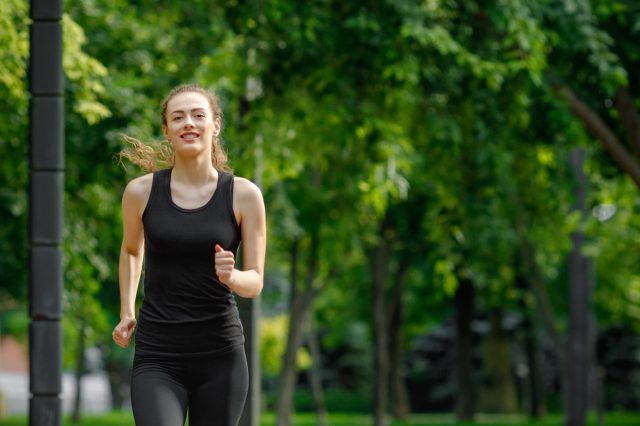
"No matter where you are currently on your fitness journey, walking can be helpful. Just incorporating more walking, particularly brisk walking, can make a big difference for the vast majority of people," she says.
Walking Makes You Feel Better

"I know from experience that when I walk more, I feel better, I feel less stiff, and I feel more energetic. A body at rest tends to stay at rest, and a body in motion tends to stay in motion, and most of us could benefit from more motion," she says.
There Are So Many Health Benefits of Walking

She goes on to discuss the "specific benefits" of walking. "Walking improves your circulation and your breathing. And for people 65 and older, it's been shown to reduce mental decline. It also builds bone density and improves your sleep, and we don't get enough sleep, and we don't get enough quality sleep. So if you're improving your sleep, you're going to improve everything. Walking can definitely improve your health. It's been shown that being sedentary can increase your cardiovascular risk factors. So, cholesterol and blood pressure."
Walking Outdoors Can Improve Your Mood

Next, she discusses how to make sure that you get the most benefit from walking. "Walking outdoors can be particularly beneficial for improving your mood. I definitely feel that little mental lift when I'm outside walking," she says.
Walking at the Same Time Is Also Key
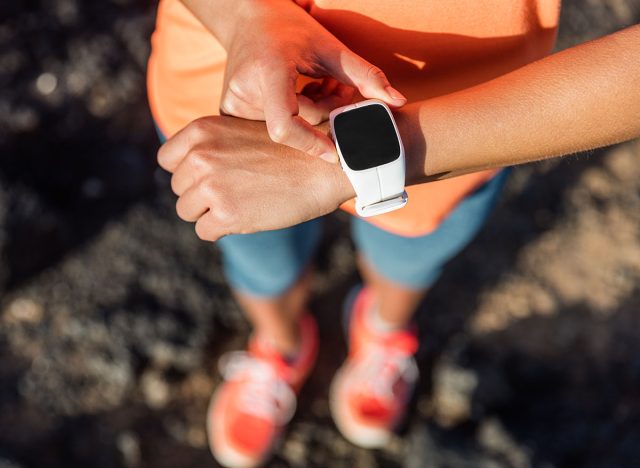
"Walking at the same time every day can be helpful as well. The key to success with weight loss in the long term is consistency. So if you set a particular time that you're going to walk every day, then you're more likely to do it," she adds.
Consistency Is Key to Walking
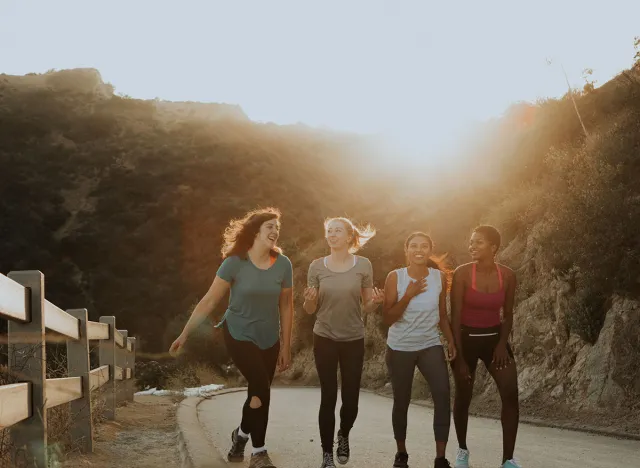
"My husband has recently started a really great habit when he drops our son off to school. He goes for a half-hour walk before he starts his workday, and that's a great way for him to fit that extra exercise and movement into his day. So whether it's first thing in the morning or later in the evening, it's really whatever works best for you, but try to keep it consistent."
Walking After a Meal Is Great for Digestion

"Walking after eating can be a really good habit to get into. Walking after a meal can be helpful for digestion and reducing acid reflux. So maybe you take a 15 or 20-minute walk after your lunch," she continues.
Walking with Others Can Make You More Accountable

"If you're meeting a friend or colleague, you can walk together. It can be really refreshing in the middle of your day and kind of keeps you more energized. Walking with a friend or family member can be a good habit because if you are also doing it with somebody, you're more likely to stick to that practice. If you both encourage each other, you're more likely to be successful," she says.
Build the Habit of Walking
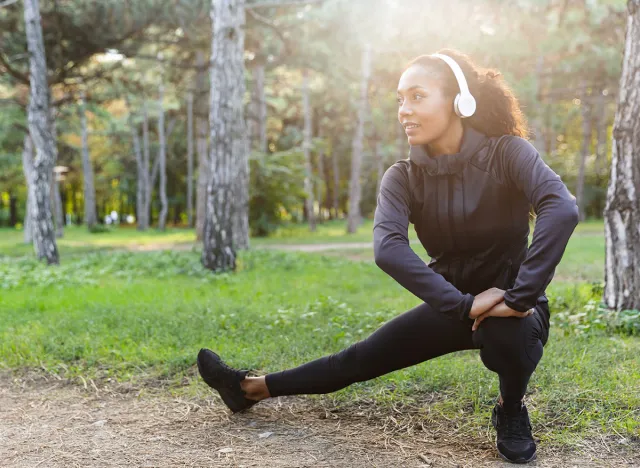
"So rather than just telling yourself that you're going to walk more, it's best to do it at the same time and have a specific plan. It's more about building the habit of an active lifestyle rather than measuring how many calories you're burning off, although you will be burning some calories," she explains.
RELATED: I'm 60 and These Are 25 Anti-Aging Habits I Wish I Started Doing Sooner
Here's How Many Calories You Can Burn Walking

How many calories can you burn? "I've seen a general rule of thumb that says you burn off about a hundred calories for a mile for a 180-pound person. So maybe in a half an hour's walk, you'll burn off 150 calories. If you're slightly lighter, you'll burn off less. If you're heavier, you'll burn off slightly more. Also, if you're going a bit faster, you're going to burn off slightly more calories."
And, How Many Pounds Per Week You Can Drop
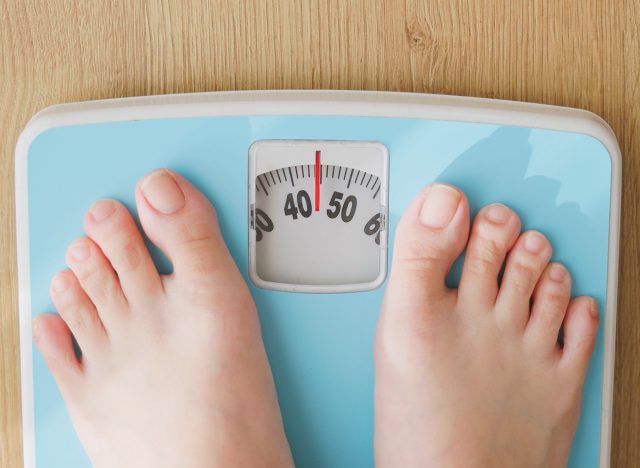
"Now, theoretically, if you burn off an extra 250 calories a day, you would be losing half a pound per week. So let's say you're taking those 30-minute walks each day, and then that's 150 calories. And suppose you do just a slight dietary modification, just something very minor where you're reducing your calorie intake for that day by a hundred calories. In that case, that adds up to 250 calories a day, and you'll be losing that half a pound a week with very little effort," she says.
Don't Increase Walking Too Fast

"A couple of important warnings," she emphasizes. "Gradually increase your walking. If you've been completely sedentary, don't start walking an hour to two hours every single day without fail. It sounds like a great thing to do, and people get really excited. But if you're putting too much strain and you don't give those tissues a chance to recover, you can end up with plantar fasciitis, which is quite painful. You can also end up with ankle, hip, or knee pain. So you want to build yourself up gradually. Obviously, if you're already a very fit person and you've been working out and you're just adding walking, then that's fine. But if you've been completely sedentary and you're carrying quite a lot of extra weight, take your time and do this gradually. You can start with just a 15-minute walk each day, and that's enough."
Do Shorter Walks More Frequently

"The main thing is that you get yourself moving. It is better to do shorter walks more frequently than going for a two-hour walk and then just being sedentary all week. Your body responds better when it's given time to recover in between. So make sure that you're allowing recovery and you're not pushing yourself too much all at once," she continues.
Get a Good Pair of Shoes

Next, make sure you have comfortable, supportive shoes. "This is not the time to break out the stilettos and go for an hour's walk. I'm not sure that most people would do that, and it's probably not possible. But make sure that your shoes are decent, that they have some arch support, if that's what you need, or at least some support so that you know that you're going to be comfortable during a longer walk. You don't necessarily need a ton of cushioning if it fits you properly, but if you're like me and you need orthotics, then it's important to make sure that you're wearing those orthotics on your walks."
RELATED: Top 10 High Protein Foods to Burn Fat You Should Be Eating Every Day, According to a Kinesiologist
Once You Get Better at Walking, Increase Intensity and Try Hiking
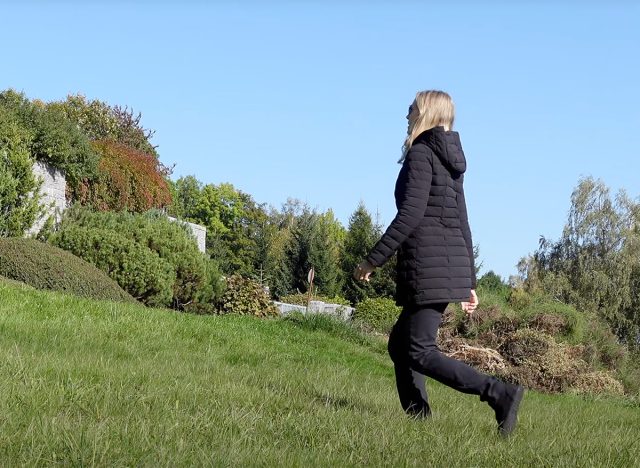
"Once you get good at this walking thing, you can increase the intensity, of course, but you can also try working at different levels to try hiking, which I love to do. It's a little bit more challenging and fun. You're almost doing step-ups, and you're going to get more stimulation for different parts of your body. You'll feel your glutes a little bit more and your quads, perhaps calves, as well. You're going to feel different parts moving. It's a lot more stimulating, and you're going to burn more calories. I think it's helpful to do a mix of some flat walking and some incline walking just so you have that variety," she says. You can be inclined to walk outside or on the treadmill. "It's a good way to increase the intensity and burn some more calories while walking. Having different levels increases the difficulty for your leg muscles, and you're going to feel that you're pushing yourself a bit more." And if you enjoyed this article, don't miss 12-3-30 Walking Method: 20 Proven Tips to Lose Weight Faster.





